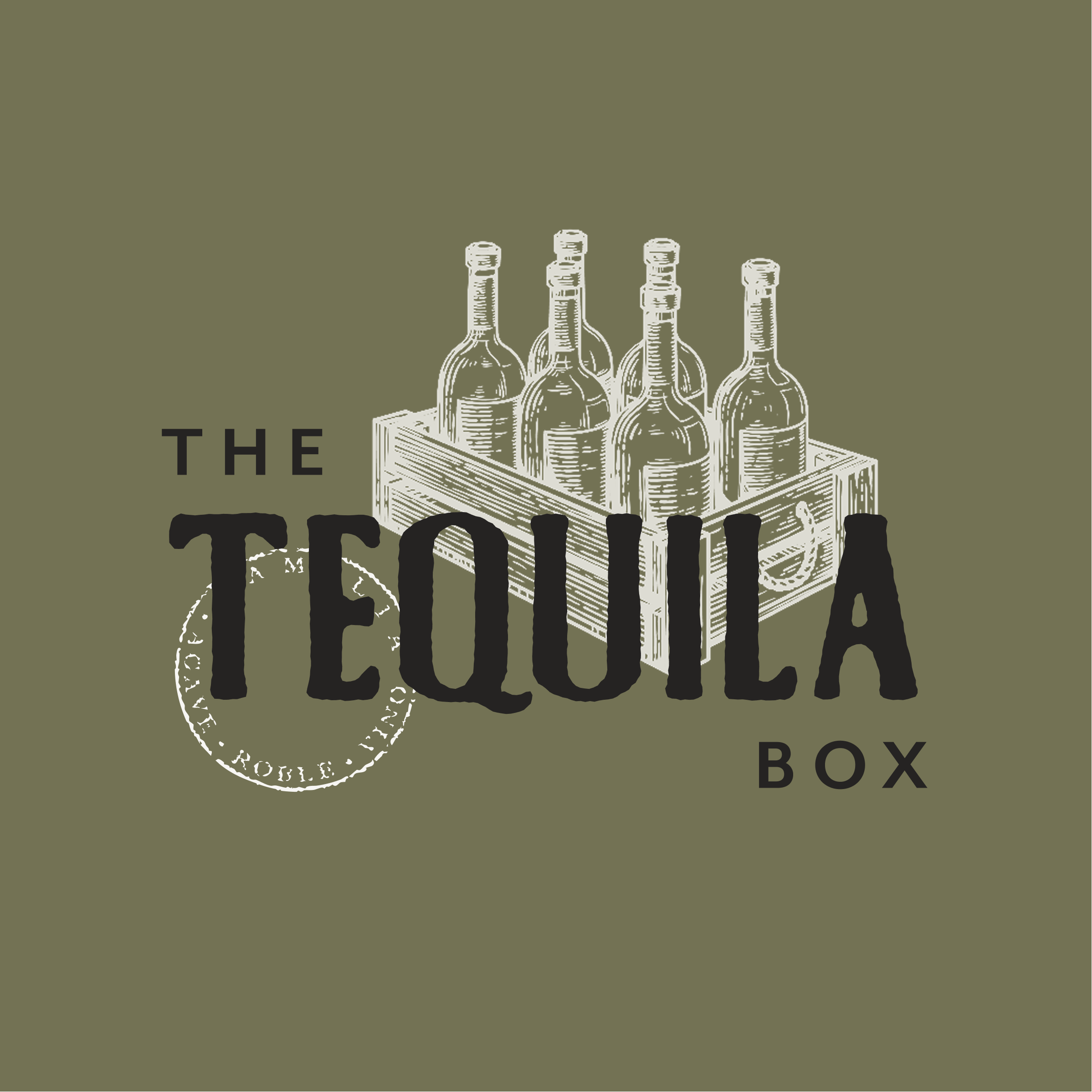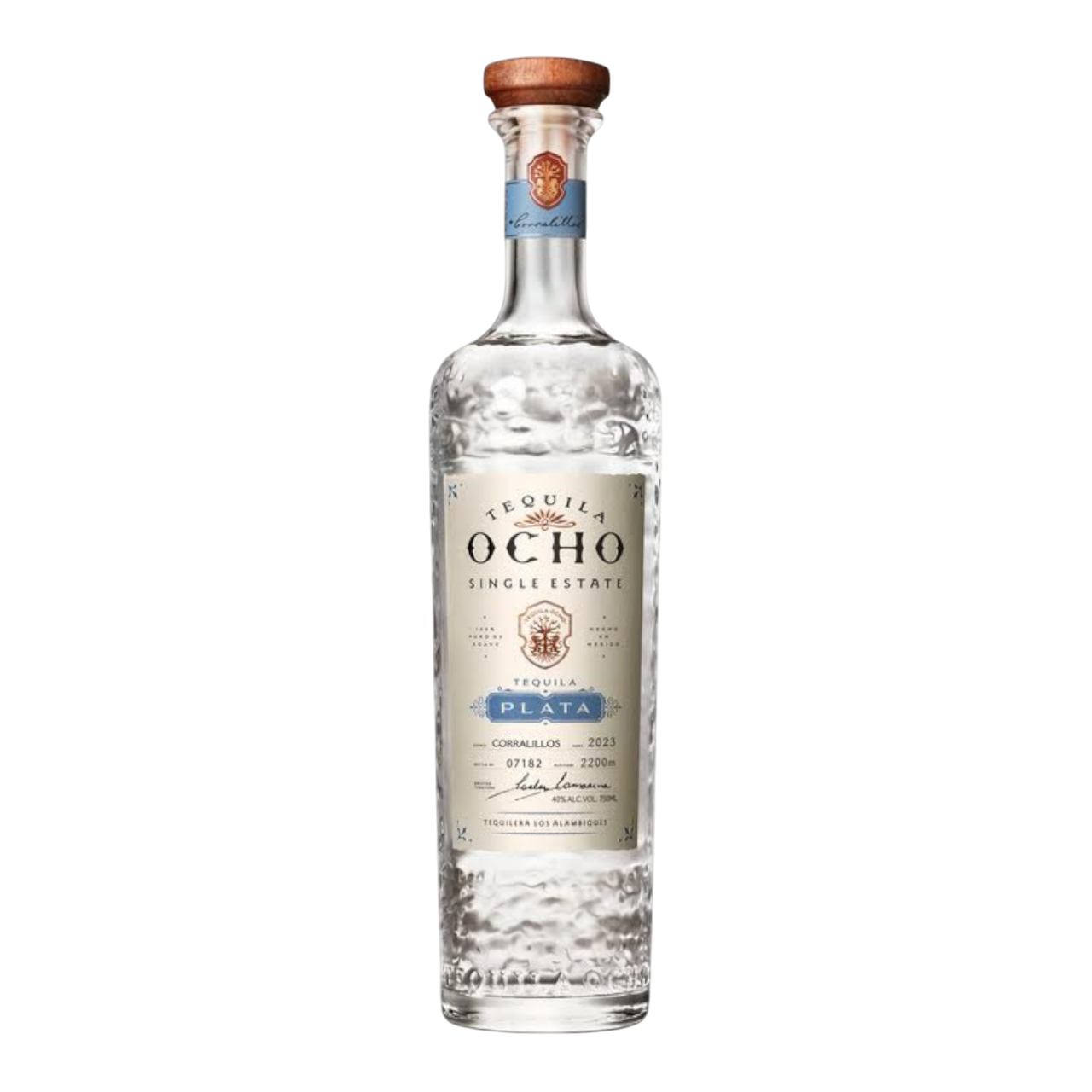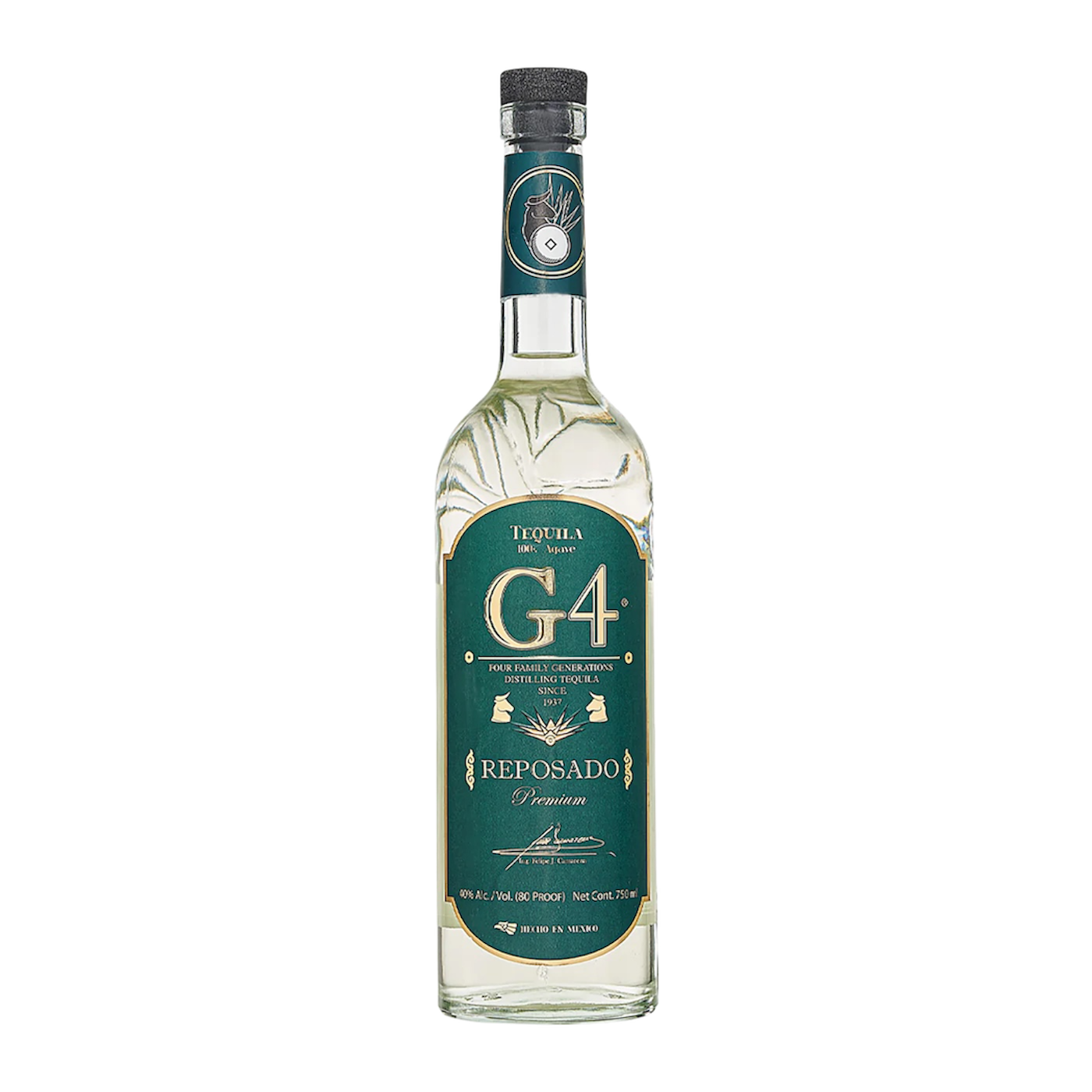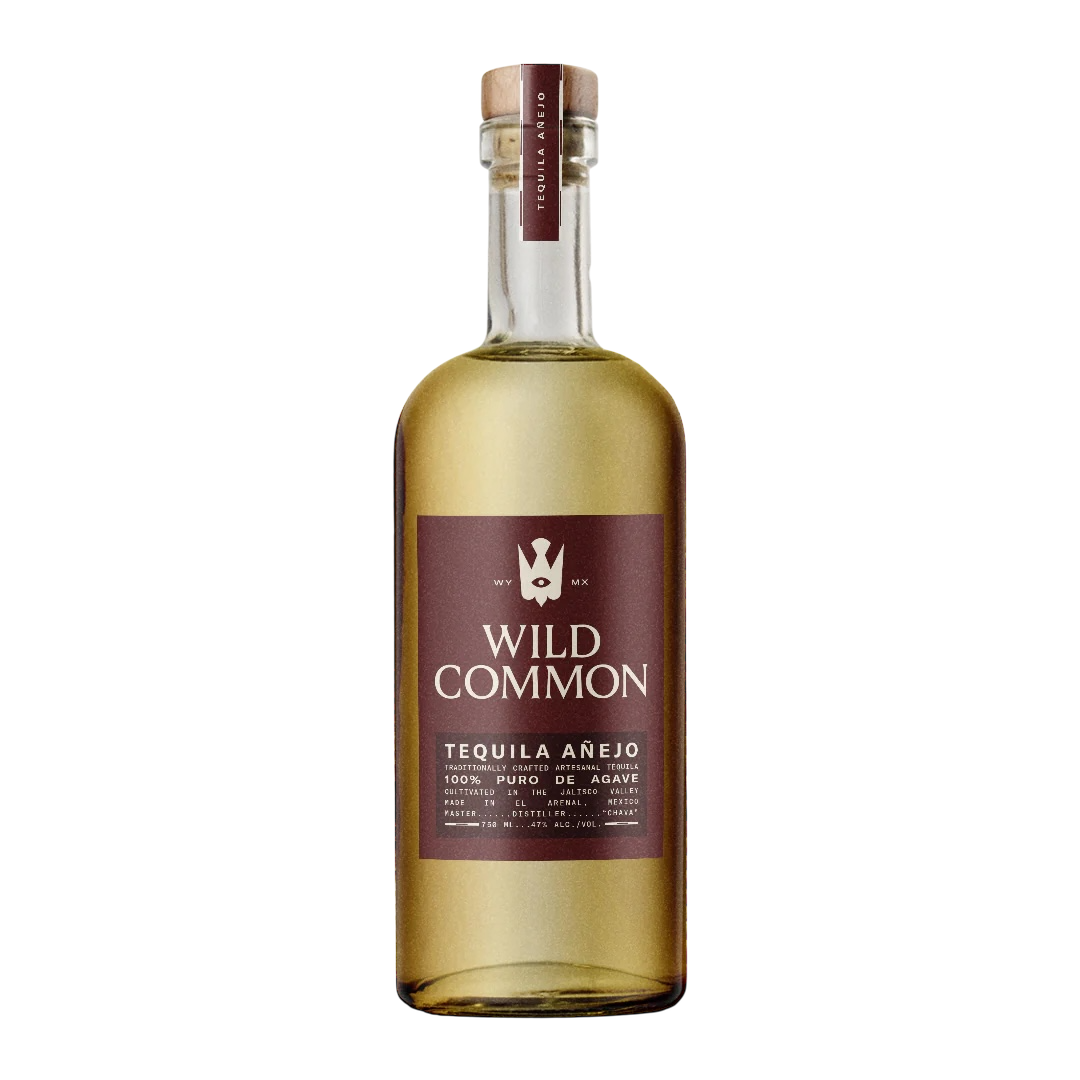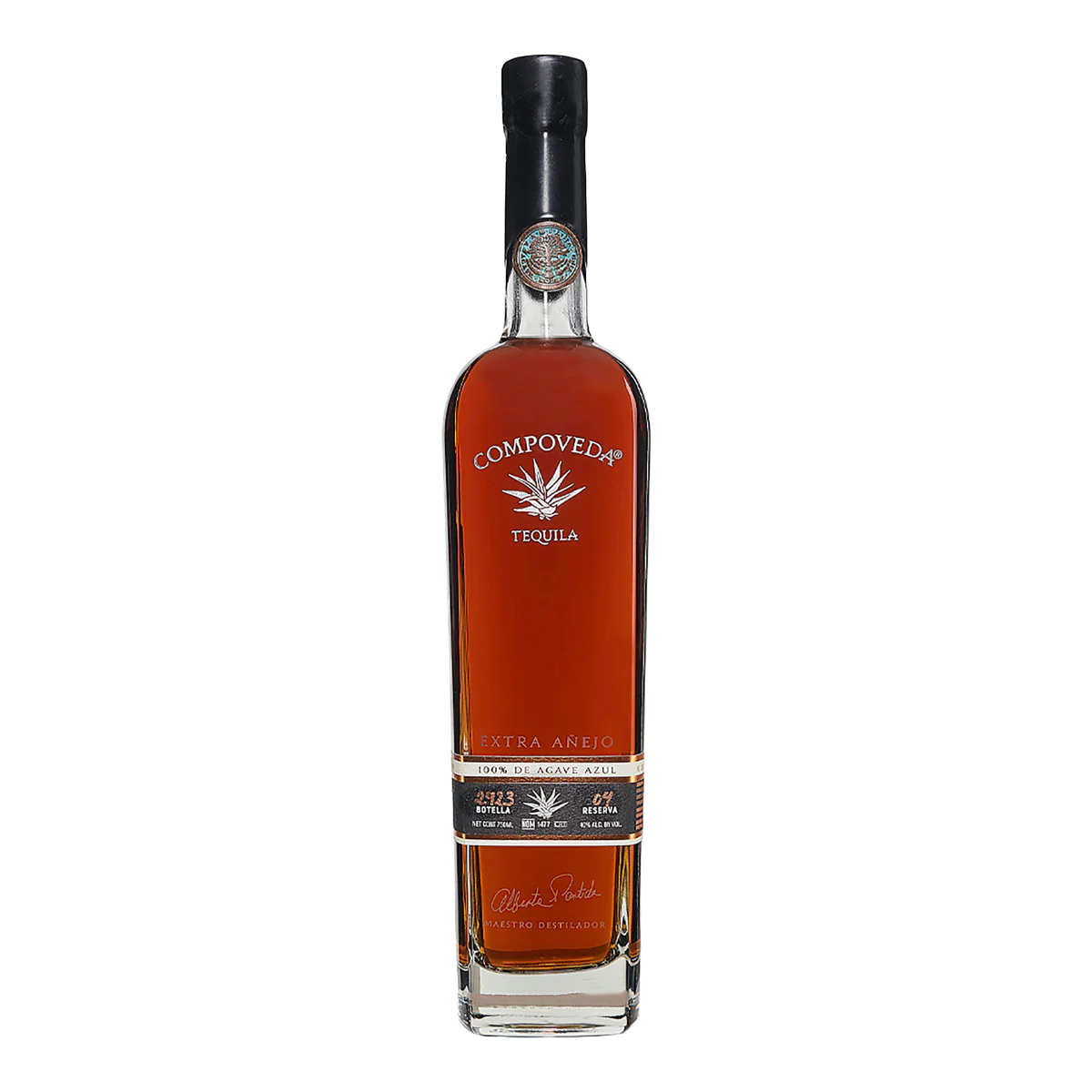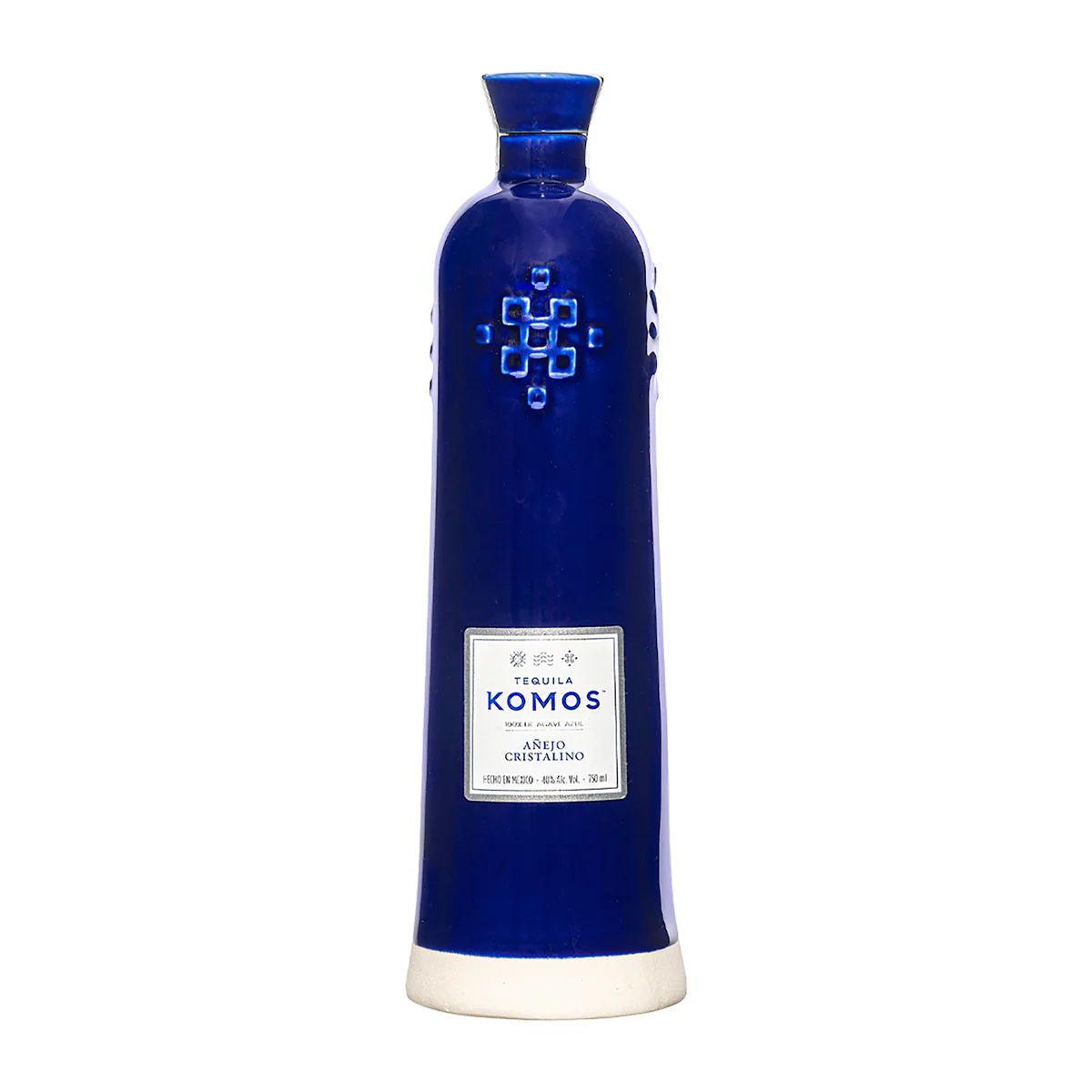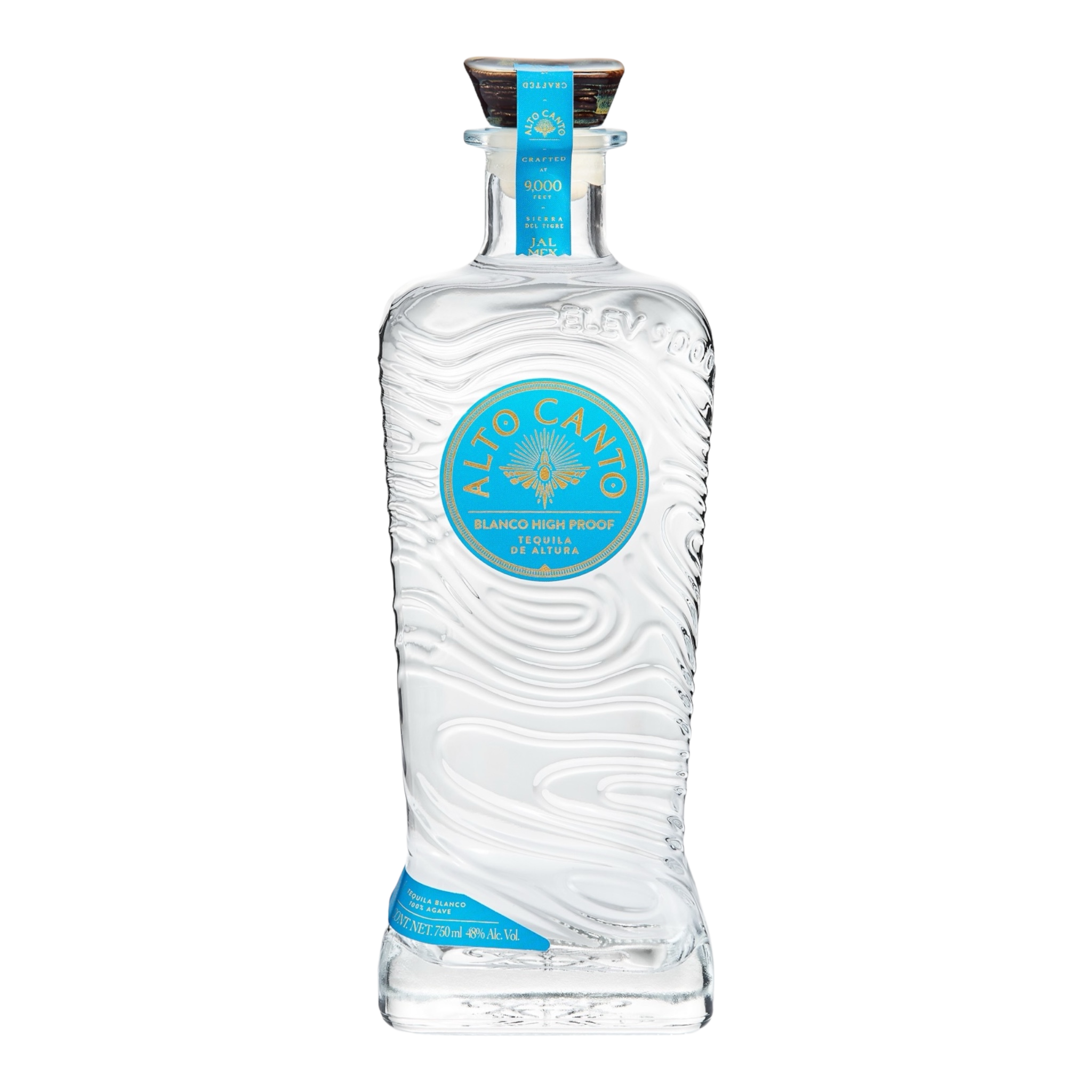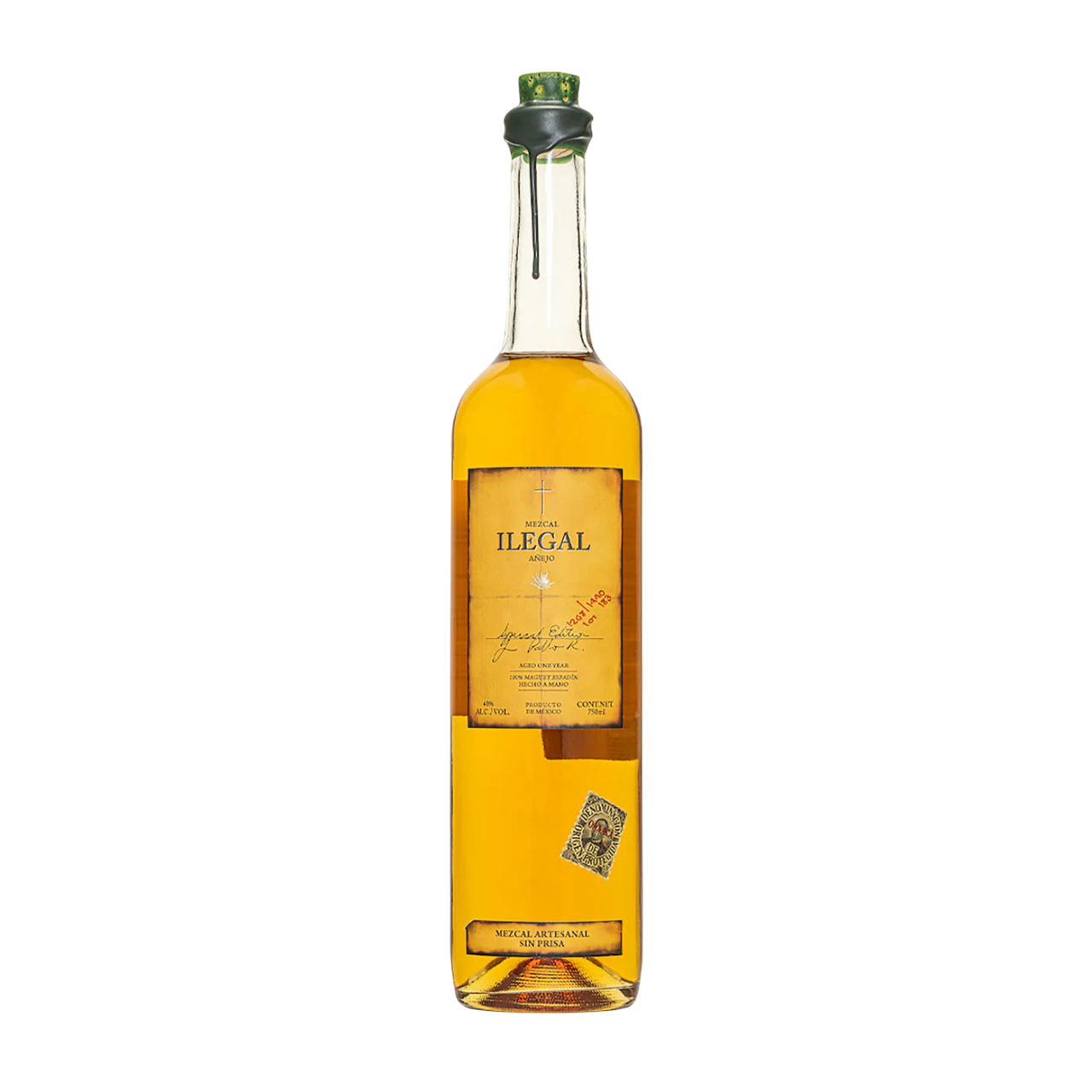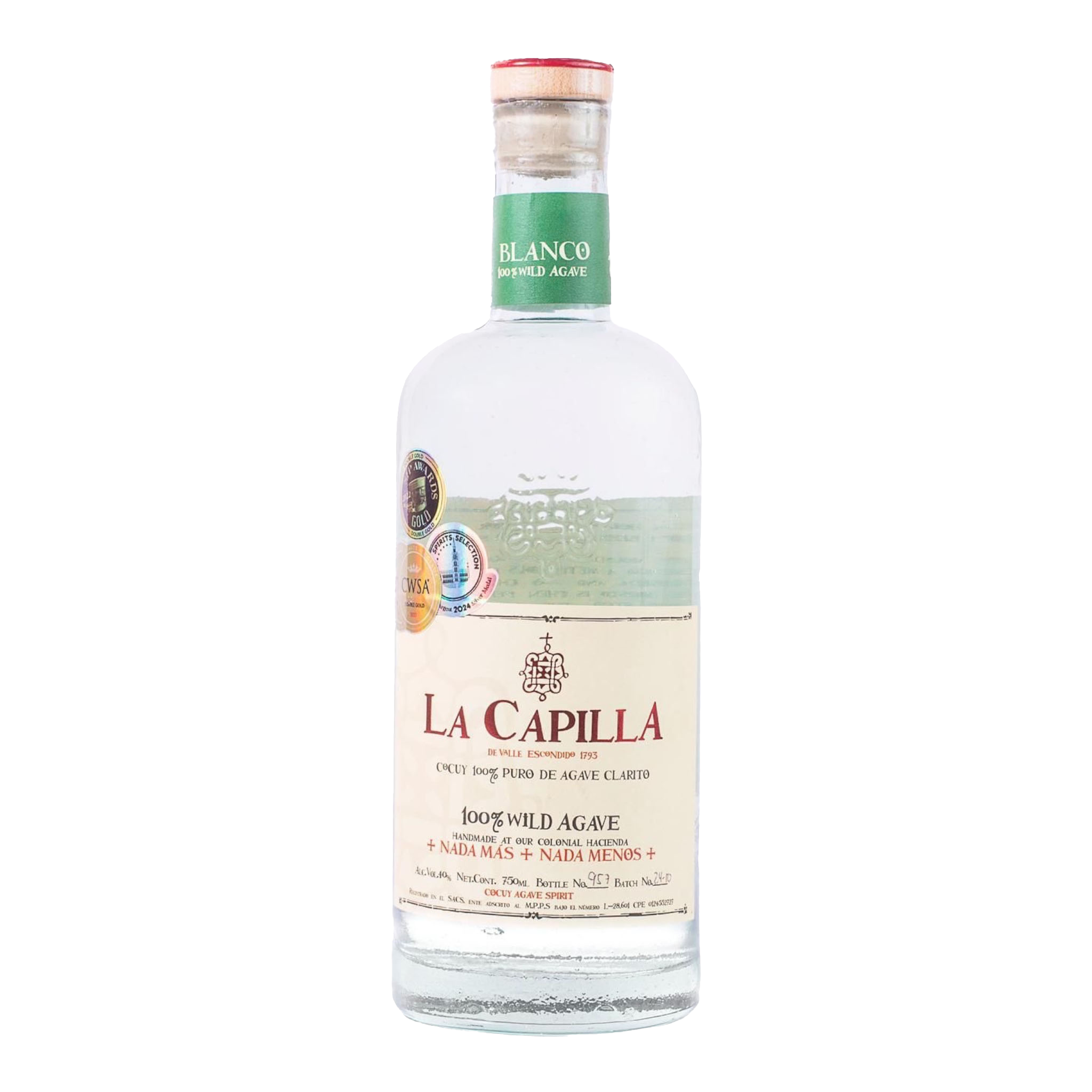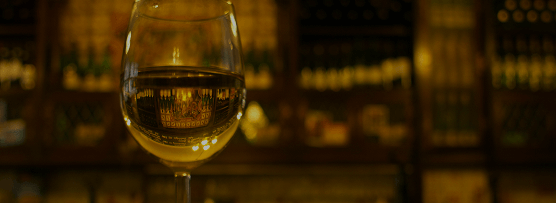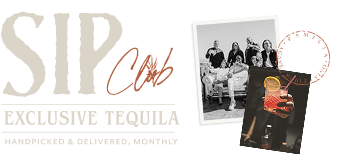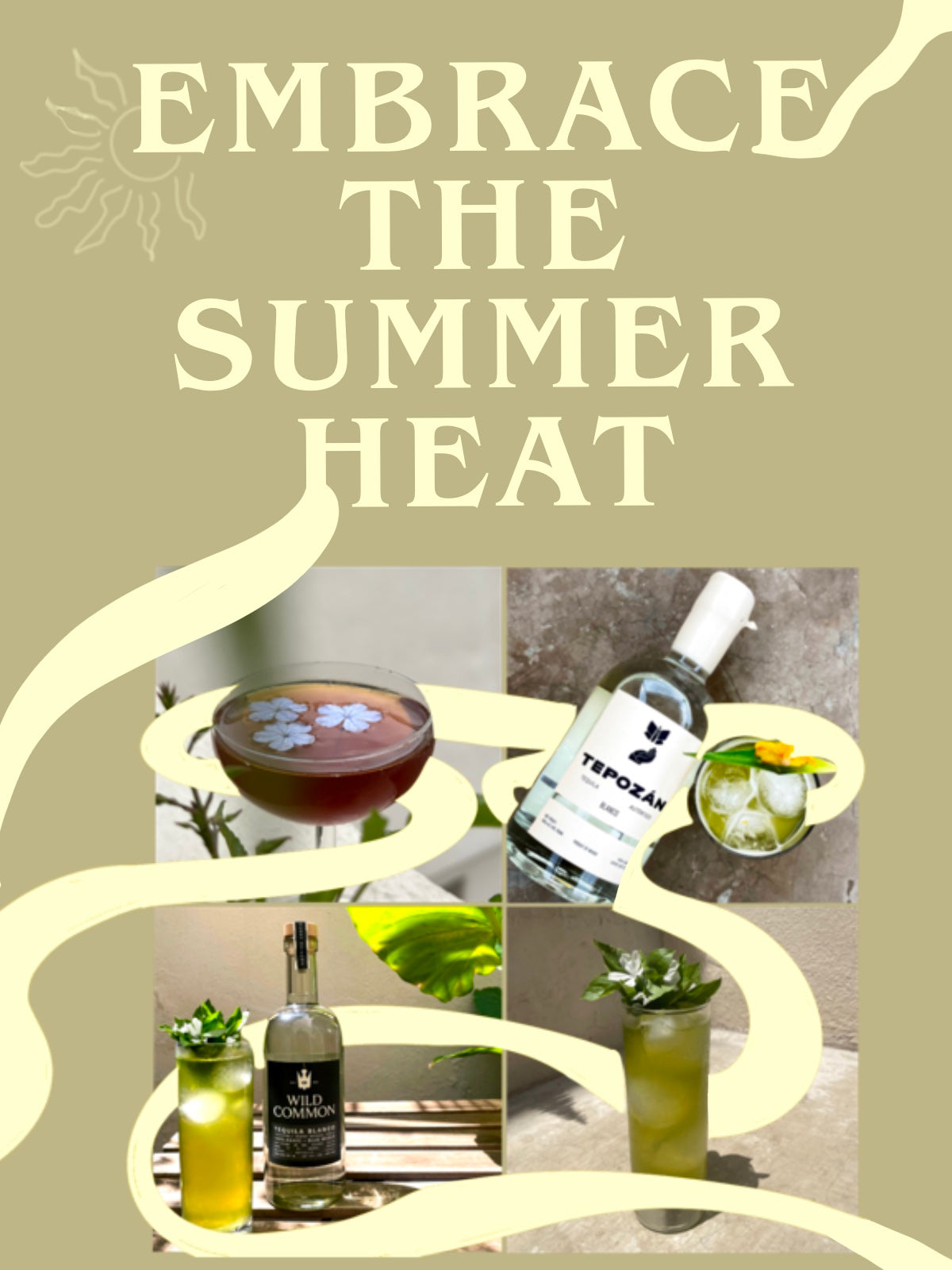
Altars filled with marigolds, elaborate costumes, faces made up to be brilliant skulls, and flowers tucked into lapels and hairdos. This is the imagery that likely comes to mind when most of us think of El Día de Muertos, a Mexican celebration to honor loved ones that have passed.
The origin of these traditions are a festive mix of Catholic rituals brought by the Spaniards, and Day of the Dead rites of the indigenous people of Mexico.
For the Purepechas, in the state now known as Michoacán, this is one of the most important religious events of the year.. The Purepechas call this ritual Animeecheri kúinchekua, a celebration of the souls in purgatory (meaning “another life” in this context) and it is the opportunity to see these souls again, a mix of the people between this world and the next. For the Purepechas, when someone dies they bury their body but their soul keeps on living and it is reunited with those who passed before them.
At the heart of this special day is the celebration of those who have passed, instead of a mourning.
Similar to how we celebrate the holidays in the US, some people start decorating months before, others just a few days before. There may be a small altar at home, or, if folks are in the town of the cemetery where their loved ones were laid to rest, then the celebration happens there. Somewhere around October 31st and November 2nd, friends and family members gather everything that a person loved - food, drinks, sports memorabilia, whatever their passions were in their time on earth - and of course a photo. The altar building typically starts around noon on the 31st, and it’s a party! Townspeople share different memories, a lot of people use it as borrachera and drink Tequila(!!), and join in the community of hundreds of others, waiting for the spirits of loved ones to come for their annual visit.

Here in Mexico, when people die, they don’t go away, their presence and love keeps on living with us. We are able to remember them by different objects that belonged to them.
Thanks to the rituals around it to help people process, death becomes more peaceful. Instead of death being ugly, we think of it as just a part of life. And that is exactly what El Día de Muertos is about. We’re sending love to you and those you’ve lost today from our team at Sip Tequila.

One of the best known components of El Dia de Muertos that has spread globally, is the elaborate Catrina makeup painted on peoples faces. This tradition has an interesting origin in that it all started with a zinc etching done in 1873 by José Guadalupe Posada, originally called "La Calavera Garbancera". The etching was a criticism of a popular movement of indigenous people newly enchanted with European ideals, that were abandoning their own heritage for those arriving from another continent. This was not unique to Mexico, but an unfortunate outcome of colonization happening worldwide.
And as many things do over time, this criticism, illustrated through art has evolved and now been embraced as part of the celebration. Rather than hiding ones roots, this practice is part of the spirit of El Dia de Muertos: celebrating those who’ve come before us.
Another tradition started by Posada are small poems or stories called Calaveritas literarias. He began writing them at the same time of the zinc etching as little tid bits making fun of both the living and dead, pointing out our true humanity.
From Ale on our team:
In Michoacán it is very common for grandparents or the elders in the communities to write a Calaverita literaria, to their family members. These consist of writing a small personalized literary paragraph about a person as if they had already passed. (the way of writing it has to be somewhat elegant, we use rhymes and an older vocabulary e.i. We would use the word “panteón” instead of “cementerio”).
For me, when my grandfather used to do it, he would note my most defining characteristics that people would and will remember about me when I pass to the underworld. It all comes back to celebrating life instead of death, and we start practicing noticing the good parts since before we pass. He used to write one for each member of the family.
(Thank you to @me.dicen.lilo at @lacortemexico salon in Colonia Americana, Guadalajara for creating this beautiful catrina and to @delao_gdl for serving diverse and amazing agave spirits and letting us in for a photo shoot!!)

Altars are one of the most important components for of the El Dia de Muertos celebration. Not only help us remember those who have passed, but it is a way to unite families as well.
There are several things that make up an altar. A very traditional altar is composed of different levels because, in the prehispanic times, the belief was that those these levels, or steps, led to the underworld; hell, purgatory and glory.
Fruit is placed in the bottom level of the altar, in the middle the favorite meals of the deceased, and in the upper level, religious symbols, portraits and drinks (tequila of course).
Usually in an altar, you’ll find a broad mixture of colors and aromas. This is accomplished with yellow and purple Cempasuchil (marigolds) which with their very particular scent, any Mexican could pinpoint right to the celebration of El Día de Muertos.
Here are a few items you’ll usually find on and altar, and what they represent.
Papel picado: the joy of El Día de Muertos
Portrait: to whom the altar is dedicated to
Flowers: The guide for spirits to this world
Salt: So the soul doesn’t corrupt on the way
Ashes cross: To purify the spirit from it’s unresolved guilt
Candles: As a guide for the spirits
Water: it symbolizes the purity of the souls.
Food: to please the spirits for their arrival
Pan de muerto: for the soul in the purgatory to eat and to coat it with its smell
Fruit and flower arch: to represent the door to the underworld


